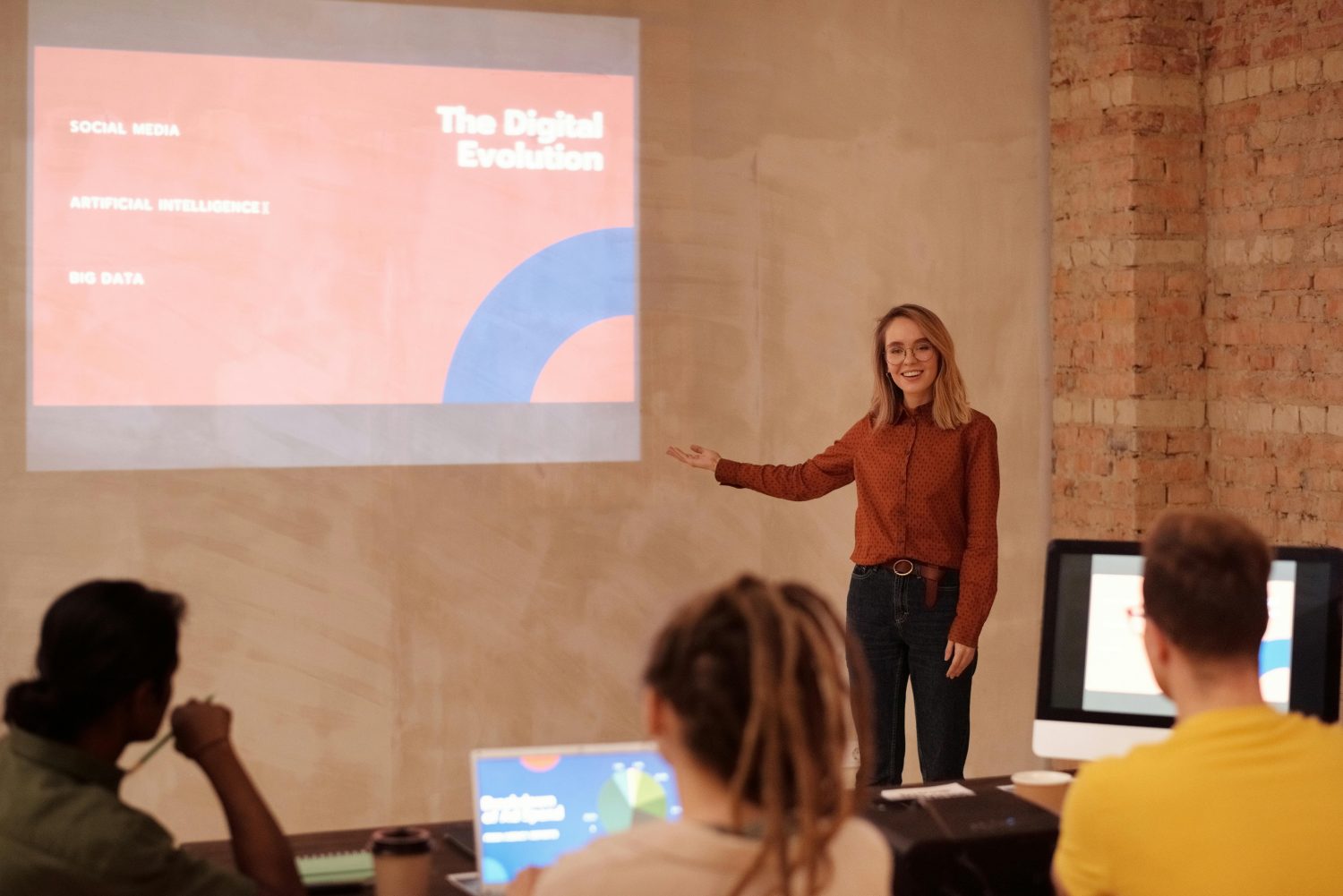OpenAI has unveiled its highly anticipated new model series, O1, marking a significant advancement in artificial intelligence capabilities. This article explores the key features, implications, and potential impact of the O1 model on various fields, including science, coding, and mathematics.
Introduction to O1: A New Era of AI Reasoning
OpenAI’s O1 series represents a groundbreaking development in AI technology, designed to enhance reasoning and problem-solving abilities. The series includes two models available at launch: O1 Preview and O1 Mini. These models are engineered to spend more time thinking before responding, mimicking human-like reasoning processes to tackle complex tasks across various domains.
Key Features and Capabilities
The O1 series boasts several impressive features that set it apart from previous AI models:
- Enhanced Reasoning: O1 models are trained to refine their thinking process, try different strategies, and recognize mistakes.
- Improved Performance: In tests, O1 models performed similarly to PhD students on challenging benchmark tasks in physics, chemistry, and biology.
- Mathematical Prowess: O1 significantly outperformed GPT-4 in mathematical problem-solving, scoring 83% on International Mathematics Olympiad qualifying exams compared to GPT-4’s 13%.
- Coding Expertise: O1 reached the 89th percentile in CodeForces competitions, showcasing its advanced coding abilities.
O1 Preview vs. O1 Mini
While O1 Preview offers the full range of advanced reasoning capabilities, OpenAI has also released O1 Mini, a smaller and more efficient model specifically tailored for coding tasks. O1 Mini provides a faster and more cost-effective solution for developers, being 80% cheaper than O1 Preview while still maintaining high performance in coding-related tasks.
Safety and Alignment
OpenAI has implemented a new safety training approach that leverages the O1 models’ reasoning capabilities to better adhere to safety and alignment guidelines. This approach has shown promising results in resisting “jailbreaking” attempts, with O1 Preview scoring 84 out of 100 on a challenging jailbreaking test, compared to GPT-4’s score of 22.
Potential Applications and Impact
The enhanced reasoning capabilities of O1 models open up new possibilities across various fields:
- Scientific Research: O1 can assist healthcare researchers in annotating cell sequencing data and help physicists generate complex mathematical formulas for quantum optics.
- Software Development: Developers can use O1 to build and execute multi-step workflows, potentially accelerating the transition to AI-driven code generation.
- Education: O1’s advanced mathematical and scientific reasoning abilities could revolutionize tutoring and problem-solving assistance in academic settings.
- AI Research: The integration of O1 into existing AI frameworks, such as agent-based systems, could lead to significant advancements in artificial general intelligence (AGI) research.
Technical Insights and Performance Benchmarks
OpenAI has provided some technical details about the O1 series, highlighting its impressive performance across various benchmarks:
- O1 ranks in the 89th percentile on competitive programming questions (CodeForces).
- It places among the top 500 students in the US in a qualifier for the USA Math Olympiad.
- O1 exceeds human PhD-level accuracy on benchmarks of physics, biology, and chemistry problems.
The model’s performance consistently improves with increased training time and more time spent thinking during inference. This scalability suggests significant potential for future improvements as computational resources expand.
Chain of Thought: The Key to O1’s Reasoning
A crucial aspect of O1’s architecture is its use of chain of thought reasoning. This approach allows the model to:
- Break down complex problems into simpler steps
- Recognize and correct mistakes
- Try alternative approaches when initial strategies fail
While the full details of the chain of thought process are not visible to users, this feature enables O1 to tackle problems with a level of sophistication previously unseen in AI models.
Limitations and Future Developments
Despite its impressive capabilities, O1 is still in its early stages and has some limitations:
- It currently lacks features like web browsing and file/image uploading, which are available in other AI assistants.
- For many common use cases, GPT-4 may still be more capable and cost-effective in the near term.
- The model’s performance on tasks involving personal writing is not as strong as its scientific and mathematical reasoning abilities.
OpenAI has indicated that future updates will include additional features to make O1 more versatile and useful for a broader range of applications.
Conclusion
The introduction of OpenAI’s O1 model series represents a significant leap forward in AI reasoning and problem-solving capabilities. With its enhanced performance in complex tasks across science, mathematics, and coding, O1 has the potential to revolutionize various fields and accelerate the development of more advanced AI systems. As researchers and developers continue to explore the capabilities of O1, we can expect to see innovative applications and further advancements in AI technology in the near future.
Frequently Asked Questions
Q: What is the main difference between O1 and previous AI models like GPT-4?
The main difference is O1’s enhanced reasoning capabilities. It is designed to spend more time thinking through problems before responding, much like a human would. This allows O1 to tackle more complex tasks in science, math, and coding with greater accuracy than previous models.
Q: Is O1 available for public use?
Yes, O1 Preview and O1 Mini are available through ChatGPT and OpenAI’s API. However, as it’s still in the preview stage, some features may be limited compared to more established models.
Q: How does O1 perform in coding tasks compared to human programmers?
O1 has shown impressive performance in coding tasks, reaching the 89th percentile in CodeForces competitions. This suggests that it can outperform many human programmers in certain coding challenges.
Q: What are the potential applications of O1 in scientific research?
O1 can be used in various scientific fields, such as assisting healthcare researchers in analyzing cell sequencing data, helping physicists generate complex mathematical formulas for quantum optics, and potentially accelerating research in other areas by providing PhD-level reasoning capabilities.
Q: How does OpenAI ensure the safety and ethical use of O1?
OpenAI has implemented a new safety training approach that leverages O1’s reasoning capabilities to better adhere to safety and alignment guidelines. They have also strengthened their internal governance and collaboration with federal government entities to ensure responsible development and deployment of the technology.









